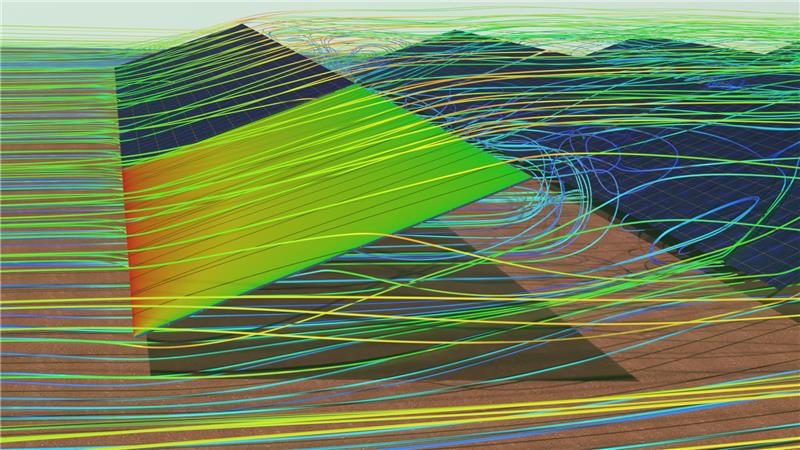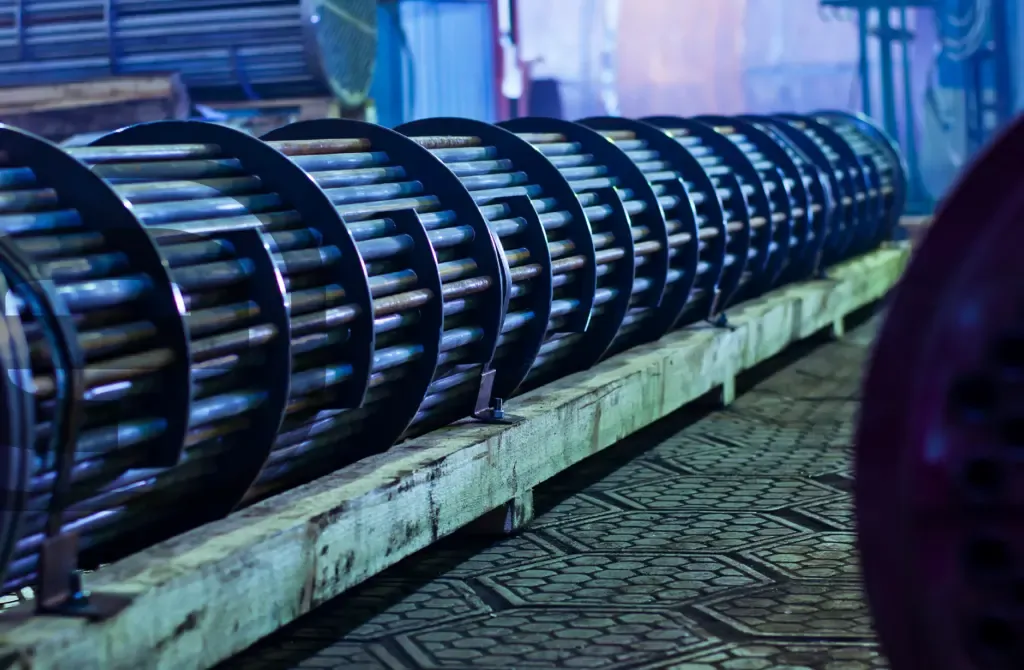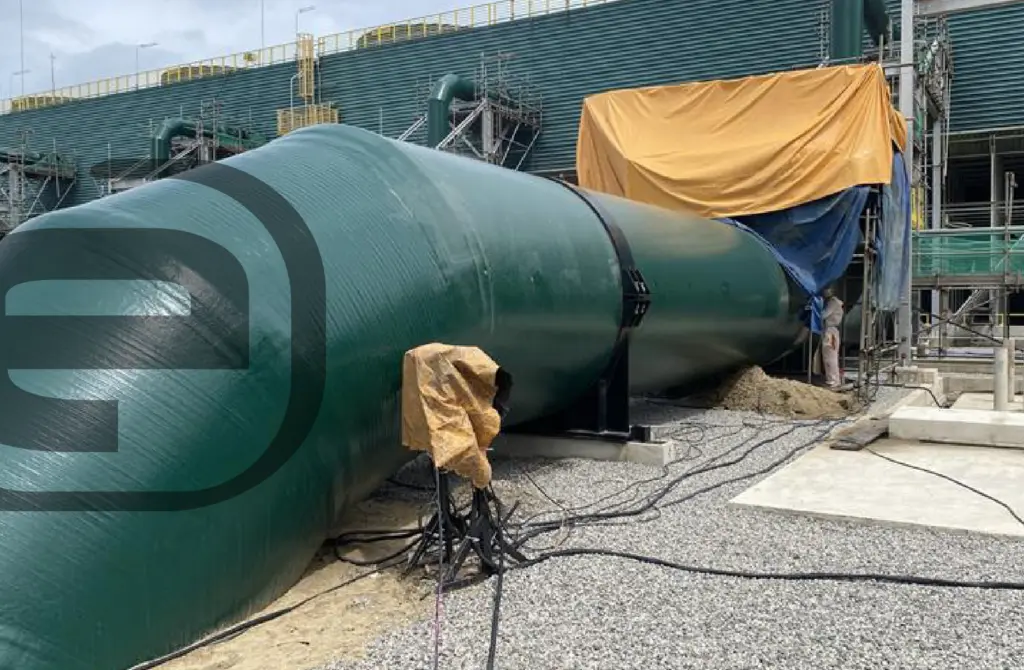Accurate determination of the wind loads acting on urban structures is essential to ensure their safety and proper performance.
Influence of the Atmospheric Boundary Layer (ABL)
A crucial aspect to consider in this process is the influence of the Atmospheric Boundary Layer (ABL), which can have a significant impact on the distribution and magnitude of those loads. The ABL refers to the thin region of the atmosphere adjacent to the surface, where wind speed is affected by the roughness and characteristics of the terrain, developing a logarithmic profile close to the surface where the velocity increases with height.

Urban Environment Variability and Its Impact on the ABL
Variations in the height, density, and morphology of buildings and obstacles in urban environments can lead to a complex and highly heterogeneous ABL.
Risks of Underestimating Wind Loads
Ignoring this consideration can underestimate wind loads, which could compromise the structural integrity and safety of buildings. Therefore, it is essential to integrate the effect of the ABL in the analysis and design of urban structures.
Methods for Evaluating the Influence of the ABL
Computational fluid dynamics (CFD) simulation and ABL wind tunnel testing are two commonly used approaches to evaluate their influence.
Comparison Between Wind Tunnel Testing and CFD Modeling
Although wind tunnels provide a physical representation of the phenomenon, allowing direct measurement of wind loads on a scale model, CFD modelling allows the interaction between wind flow and the geometry of the urban environment to be analysed in detail, considering the complexity of the boundary layer, with a better number of tests/price ratio and a higher level of detail than wind tunnel tests.

Complementary Use of Numerical and Experimental Models
However, numerical models require validation by comparison with experimental results, so both methodologies coexist, so that CFD analysis is used during the design process, offering a high capacity to perform sensitivity analysis and optimization, in order to obtain a final design, which will be validated through experimental tests in a wind tunnel.












